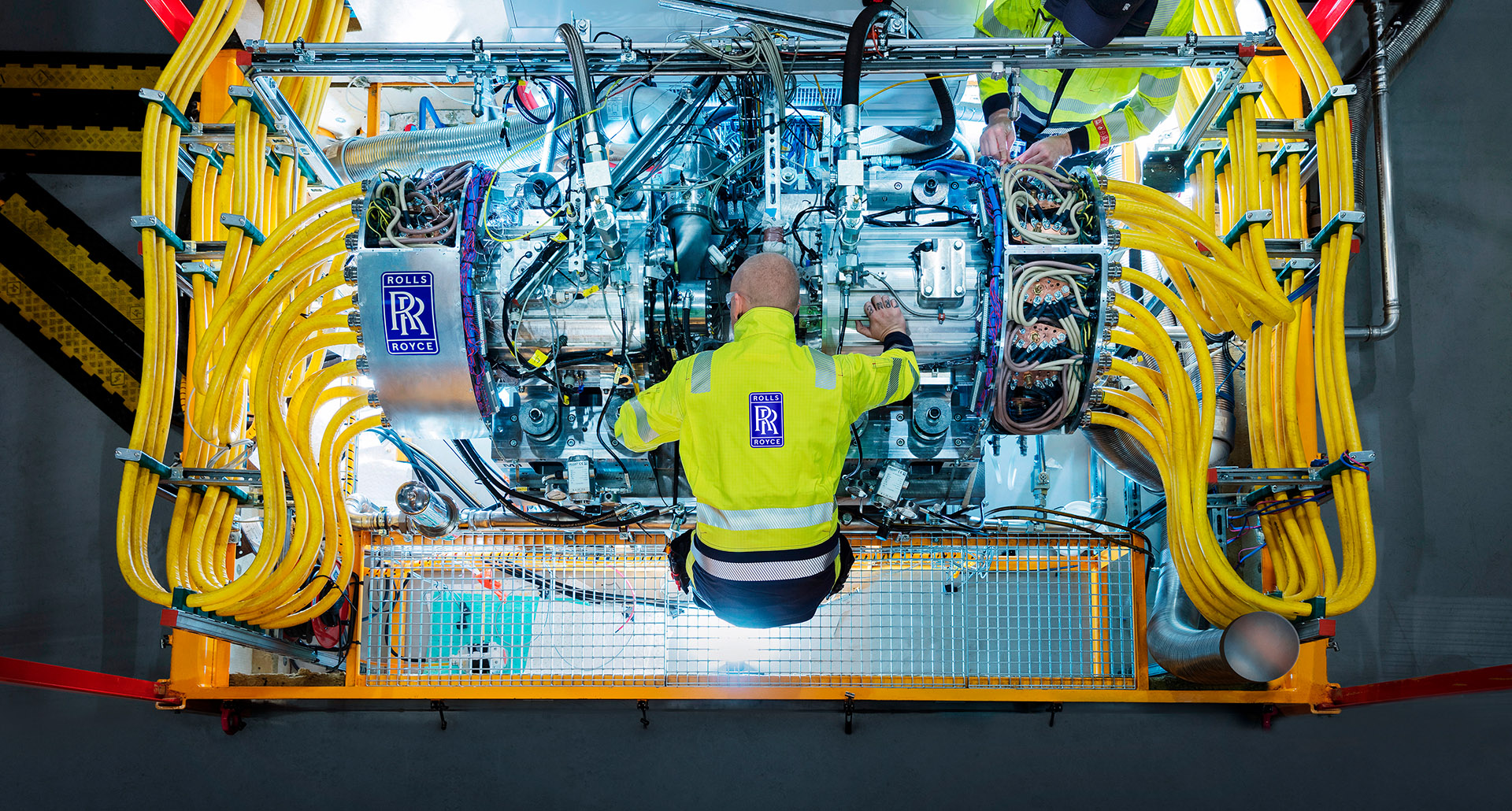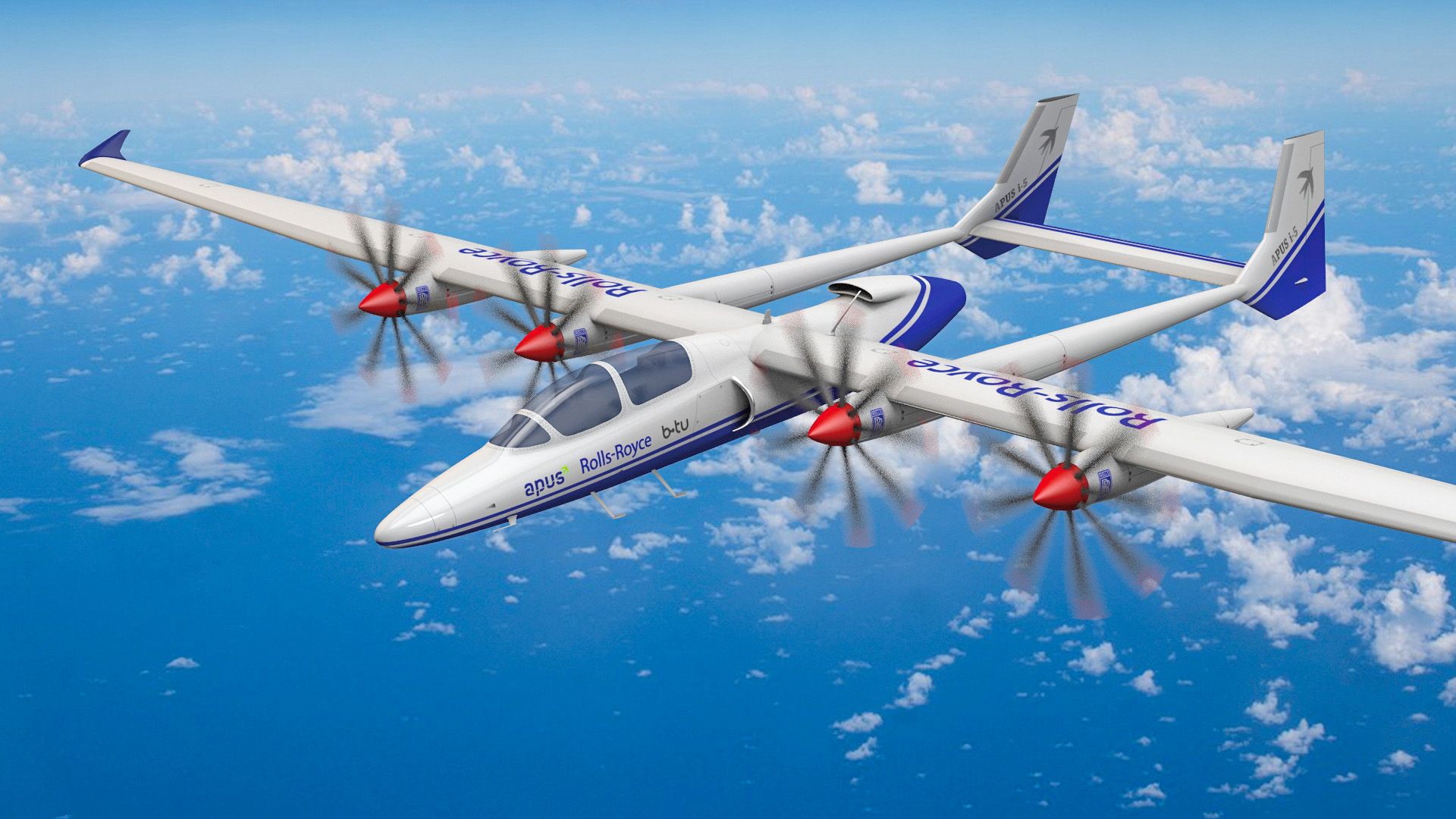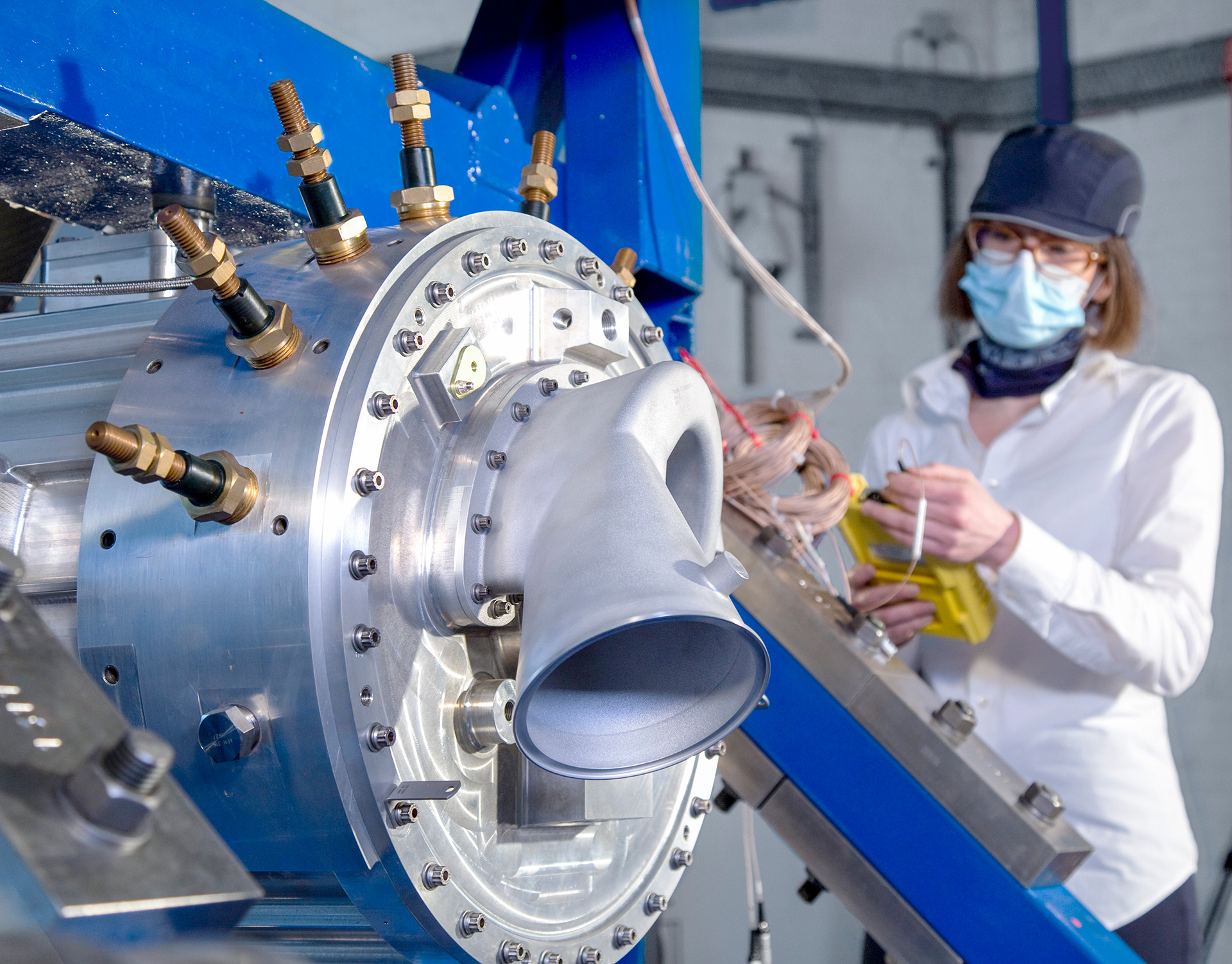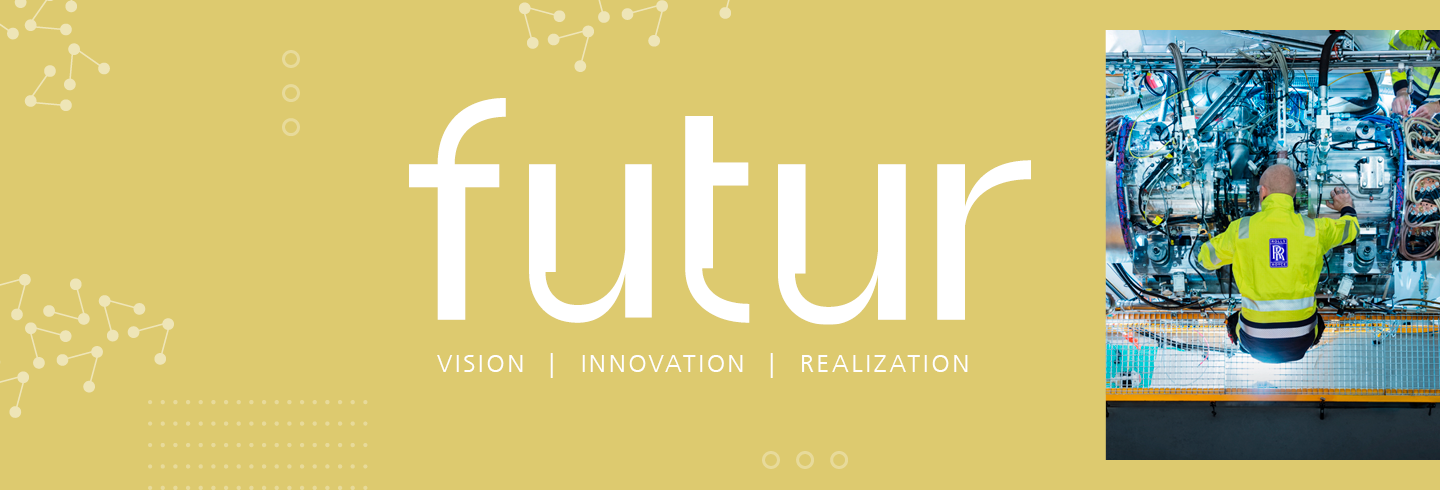Hybrid High-flyers

Less air travel – this is often the slogan when it comes to acting in a climateresponsible manner. It is clear that the aviation sector must take accountability, as air travel currently contributes around two to three percent to all global CO2 emissions. However, due to the lack of suitable alternatives and the great importance of the aviation industry for the global economy and mobility, abandoning air travel is not a real option. So what other ways are there to reduce CO2 so that neither the industry will have to lose out nor private individuals have to restrict their mobility? For manufacturing companies in the aviation sector, the answer is simple: sustainable alternatives must be found, including electric or hybridelectric drives. These concepts bring with them new requirements. For example, how can electrical energy be efficiently stored and distributed? And how can corresponding battery systems be integrated or lower noise operation be achieved by using a variety of electric drives?

Digital Twin for the Drive
A research project at Fraunhofer IPK, together with industry partner Rolls-Royce Deutschland, aims to set the course for the resource-efficient hybrid-electric flights of the future. To this end, the research team developed a cross life cycle information concept for aircraft development and production. This is intended to enable digital interconnection of all value creation steps in order to prepare for the efficient implementation of the new propulsion concept. Based on the various processes of the product development phases, the researchers designed a process model, which also includes a digital twin. This captures all activities, the roles of the people involved, and the tools used in different models during the individual process phases in the development of an engine. Within these process phases (requirements management, functional flow modeling, design and development, safety, simulation, production planning, manufacturing and quality assurance), possible changes and enhancements are identified and can be implemented in the digital twin. In the future, the digital twin can also help predict, for example, whether a planned change in product properties is feasible.

From Plan to Action
But how do companies benefit specifically from the newly developed process model when converting to hybrid-electric drives? Heiko Witte, Business Development Consultant Digital at Rolls-Royce, explains that the development of digital twins has significantly deepened the understanding of system dependencies, especially at the interfaces of different functions.
»The process model is fundamentally important here in order to identify interfaces and dependencies and to be able to set priorities in development and system description. With the help of a cyber-physical system based on various digital twins, we want to achieve a holistic understanding of the system in order to be able to describe the entire life cycle of hybrid-electric engines and develop corresponding business models.« Witte and his team at Rolls-Royce Deutschland are currently implementing the newly gained insights in the development cycle for new types of hybrid-electric engines in order to achieve the development goal cost-effectively and, above all, through rapid iterations.
Above all, the project is a milestone for a climate-neutral future of aviation, as it can provide real data on the feasibility of reducing greenhouse gas emissions in propulsion systems. For example, in the Tecnam P2010, the use of a hybrid-electric engine to power the aircraft has significantly reduced the size of the internal combustion engine: the standard 180-hp engine could be replaced by a smaller one of just 141 hp. This results in a potential reduction in fuel consumption of up to 20 percent, which significantly reduces CO2 emissions. If the new requirement, as in this case, is to reduce the use of fossil fuels, is captured in the system, the effects on crucial process phases such as function and system modeling can be simulated and integrated accordingly in the digital twin.
Overall, electric drives will noticeably reduce emissions in air traffic, says Heiko Witte: »A quantum leap will be achieved here that cannot be achieved by increasing the efficiency of the gas turbine alone. Since 80 percent of all flights serve short- and medium-haul routes, emissions in these segments in particular will be decreased dramatically. Hybrid and battery electric engines are a game changer on these route profiles.« Companies that want to optimize their business model in terms of sustainable and emission-reduced management can benefit from the use of the process analysis tool to identify and implement potential changes in the product creation phases through digital twins.
 Fraunhofer Institute for Production Systems and Design Technology
Fraunhofer Institute for Production Systems and Design Technology